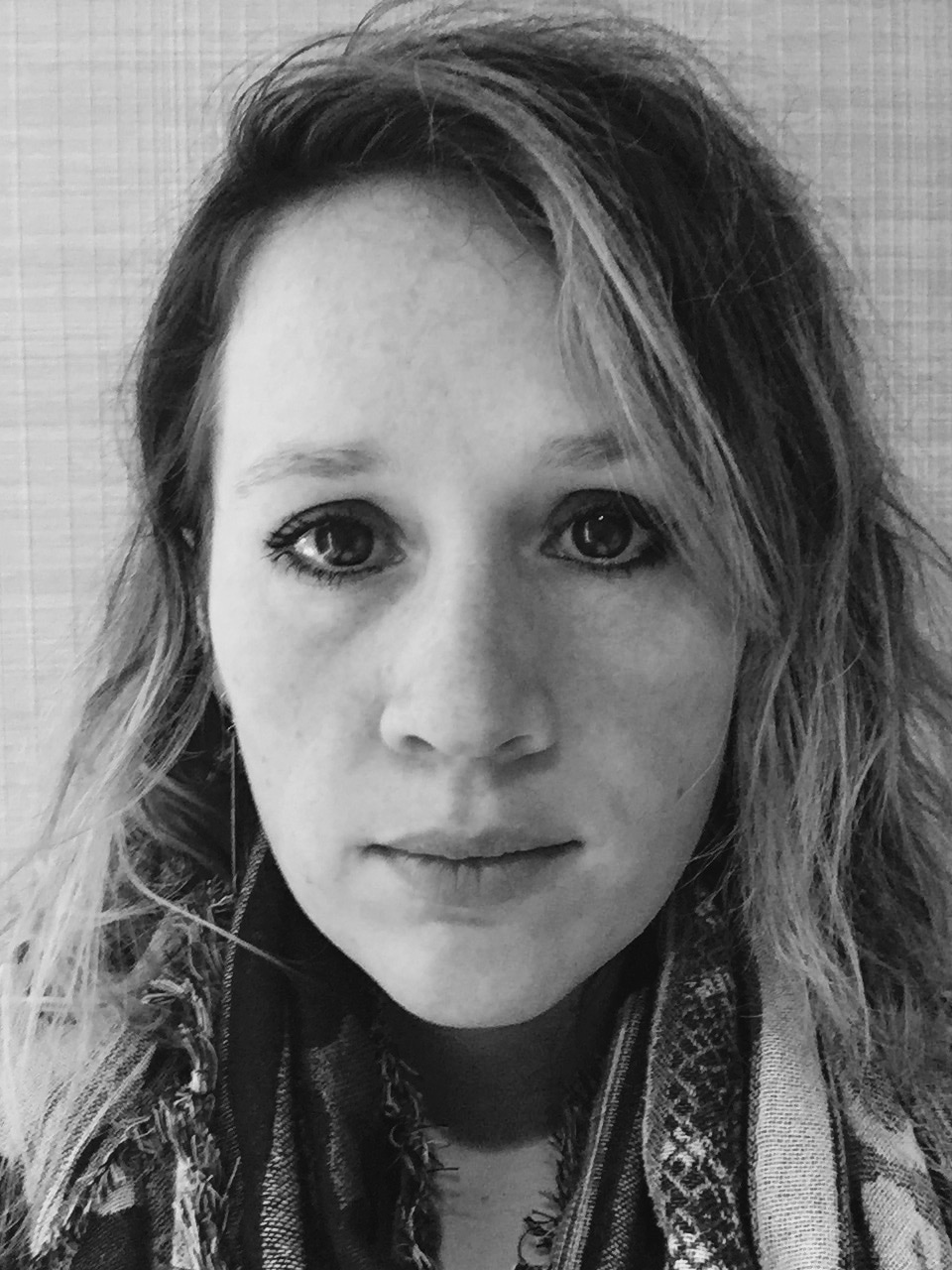 Caryl Pagel is the author of two collections of poetry, Twice Told (University of Akron Press), and Experiments I Should Like Tried at My Own Death (Factory Hollow Press). Her poetry and prose have appeared in AGNI, Entropy, The Iowa Review, The Mississippi Review, and Volta, among other journals. Caryl is the co-founder and editor of Rescue Press, a poetry editor at jubilat, and the director of the Cleveland State University Poetry Center. She is an assistant professor at Cleveland State University, where she teaches in the NEOMFA program.
Caryl Pagel is the author of two collections of poetry, Twice Told (University of Akron Press), and Experiments I Should Like Tried at My Own Death (Factory Hollow Press). Her poetry and prose have appeared in AGNI, Entropy, The Iowa Review, The Mississippi Review, and Volta, among other journals. Caryl is the co-founder and editor of Rescue Press, a poetry editor at jubilat, and the director of the Cleveland State University Poetry Center. She is an assistant professor at Cleveland State University, where she teaches in the NEOMFA program.
Her essay, "Lost in Thought," appears in Issue Ninety-Seven of The Collagist.
Here, Caryl Pagel talks with interviewer William Hoffacker about women's faces in public, the essay's form as tornado, and attention to sound and rhythm.
Please tell us about the origins of your essay “Lost in Thought.” What inspired you to start writing the first draft?
The essay arose from some combination of stumbling into Harry Callahan’s “Women Lost in Thought” series in the National Gallery in 2012 and the pernicious, enduring circumstances of a woman being harassed when walking down a street alone. The Callahan photos are from the 1950s but seventy years later a woman’s face in public is still an interestingly controlled (or vulnerable) space. One must manage not to smile (inviting positive attention), frown (inviting advice, i.e. “smile, honey!”), appear unkempt or ugly (inviting cruelty), or brandish beauty (inviting violence). Moving through a day this way can feel like striking a pose and holding it; becoming closed, ghost-like.
My favorite parking garage in Chicago (where this essay takes place) has a mural from Tatyana Fazlalizadeh’s series “Stop Telling Women to Smile.” One imagines that Thoreau, Rousseau, O’Hara, and Walser were rarely interrupted in their reverie by relentless pestering. “Lost in Thought” moves through several other subjects (Vivan Maier’s street photography, mediums as original grief counselors, and trance states, etc.), but that’s where it began.
This essay (over 4,500 words) is presented in only one paragraph, unbroken except for a few interspersed photographs. How did you decide that the essay should take this form? Was it a challenge to compose a text of this length in a single paragraph?
The engine of this essay is association; I imagined the form as a tornado, gaining energy through torque, needing a kind of pressurized formal momentum in order to create instability, to launch.
You are the author of both poetry and nonfiction. What lessons have you learned from your work in one genre that have made you a better writer in the other?
It’s tough to claim “better,” but poetry has a clear influence on my sentences: I pay attention to sound and rhythm, occasionally disregarding narrative ease. I’m interested in moving from moment to moment, step by step (as one does when accustomed to working in the unit of the line), as opposed to generating essays via scene or plot points.
What writing project(s) are you working on now?
I’ve just finished the book that this essay is a part of, currently titled Out of Nowhere Into Nothing. I think I’ll return to poetry for a while.
What have you read recently that you want to recommend?
Last week I attended a reading by Suzanne Buffam and Srikanth Reddy; one of the best readings I’ve been to in years. I recommend everything the two of them have written.
Two prose books I’d recommend are Hilary Plum’s Strawberry Fields (Fence) and Caren Beilin’s Spain (Rescue Press). For a taste of their intelligence and humor, check out the interviews between the two of them at the Fence blog.
Three other wonders I encountered this year were Wild Milk by Sabrina Orah Mark (Dorothy), Hot Milk by Deborah Levy (Bloomsbury), and Milk by Dorothea Laskey (Wave Books).
